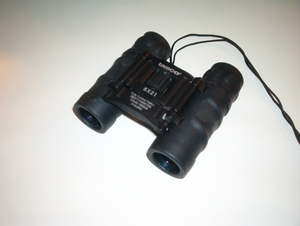What is a lumbar puncture?
A lumbar puncture is a test that is used to extract cerebrospinal fluid (CSF) from the spinal canal and measure the pressure of the CSF. A lumbar puncture may be ordered as a diagnostic tool to evaluate a patient for certain conditions of the brain or spine, like meningitis, Multiple Sclerosis, Guillain-Barré syndrome, or hydrocephalus.
During the lumbar puncture, a needle is inserted into the spinal canal, usually between the lumbar vertebrae L3/L4 or between L4/L5 (meaning the between the third and fourth or between the fourth and fifth vertebrae of the lumbar region, or lowest region, of the spine). Through this needle, the CSF is collected, and an instrument known as a manometer is used to test the pressure of the CSF.
What will I experience during a lumbar puncture?
The lumbar puncture is performed either in a physician’s office or in the hospital. It is performed by a physician or by another properly trained medical professional.
The procedure for performing a lumbar puncture is fairly standardized. As a patient undergoing the test, you will be almost certainly be asked to lie down on a bed or examination table, turned on your side, and draw your knees up to your chest, in the fetal position. Occasionally, a lumbar puncture can be performed with the patient sitting up, bent over forward. Your back will then be sterilized with aseptic solution.
Then, a small needle containing a local anesthetic, such as Lidocaine, will be inserted into the spine where the lumbar puncture will be performed. Once the pathway is numbed, the spinal needle is inserted into the spinal canal and the lumbar puncture is performed. The procedure takes approximately 20-30 minutes.
After the lumbar puncture is performed, you will need to lie flat on your back for at least 60 minutes. You should not be alone during this time, and will most likely be kept in the office or clinic for that period of time to make sure there are no immediate complications or reactions to the lumbar puncture.
Is a lumbar puncture painful?
The amount of pain you may experience during a lumbar puncture can be variable, depending on your response to anesthetics. For most patients, the only painful part of the procedure is the injection of the local anesthetic, as the pathway the spinal needle travels is then numbed by the anesthetic. If you are sensitive to anesthetic agents, you should achieve pain relief quite quickly, and the rest of the lumbar puncture is usually painless.
Some people are more resistant to anesthetics, and the needle containing the local anesthetic may need to stay in place longer, or be reinserted before the local anesthesia is achieved.
The medical professional performing the lumbar puncture will instruct you to let them know if you experience any pain, or the sensation of pressure in your spine or in one of your legs. If you experience pain, more local anesthetic may be necessary and the lumbar puncture will be stopped, and more anesthetic will be injected into the spinal needle’s pathway. If you experience the sensation of pressure, the spinal needle may be repositioned slightly.
Occasionally, if the spinal needle hits a nerve, you may experience a sparking or slightly shocking sensation. If this occurs, let the person performing the lumbar puncture know.
How will I feel after a lumbar puncture?
After the lumbar puncture, it is common to experience soreness and stiffness in your back. Some patients develop a headache afterward. This headache may last for a day or two. It is also fairly common to experience some trouble sleeping for a night or two after a lumbar puncture. If any of these symptoms are severe, or if they do not resolve quickly, you should contact your doctor.




